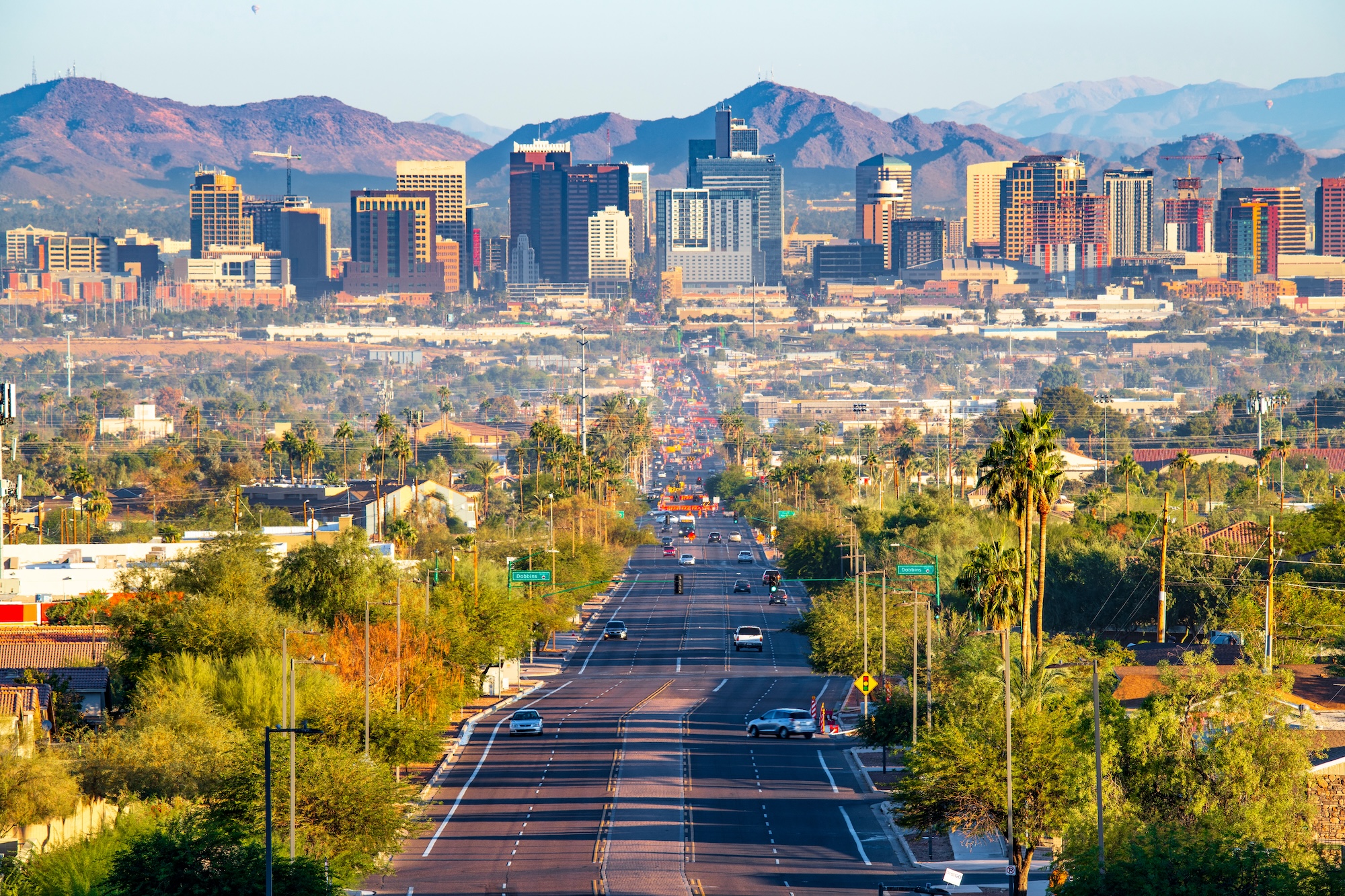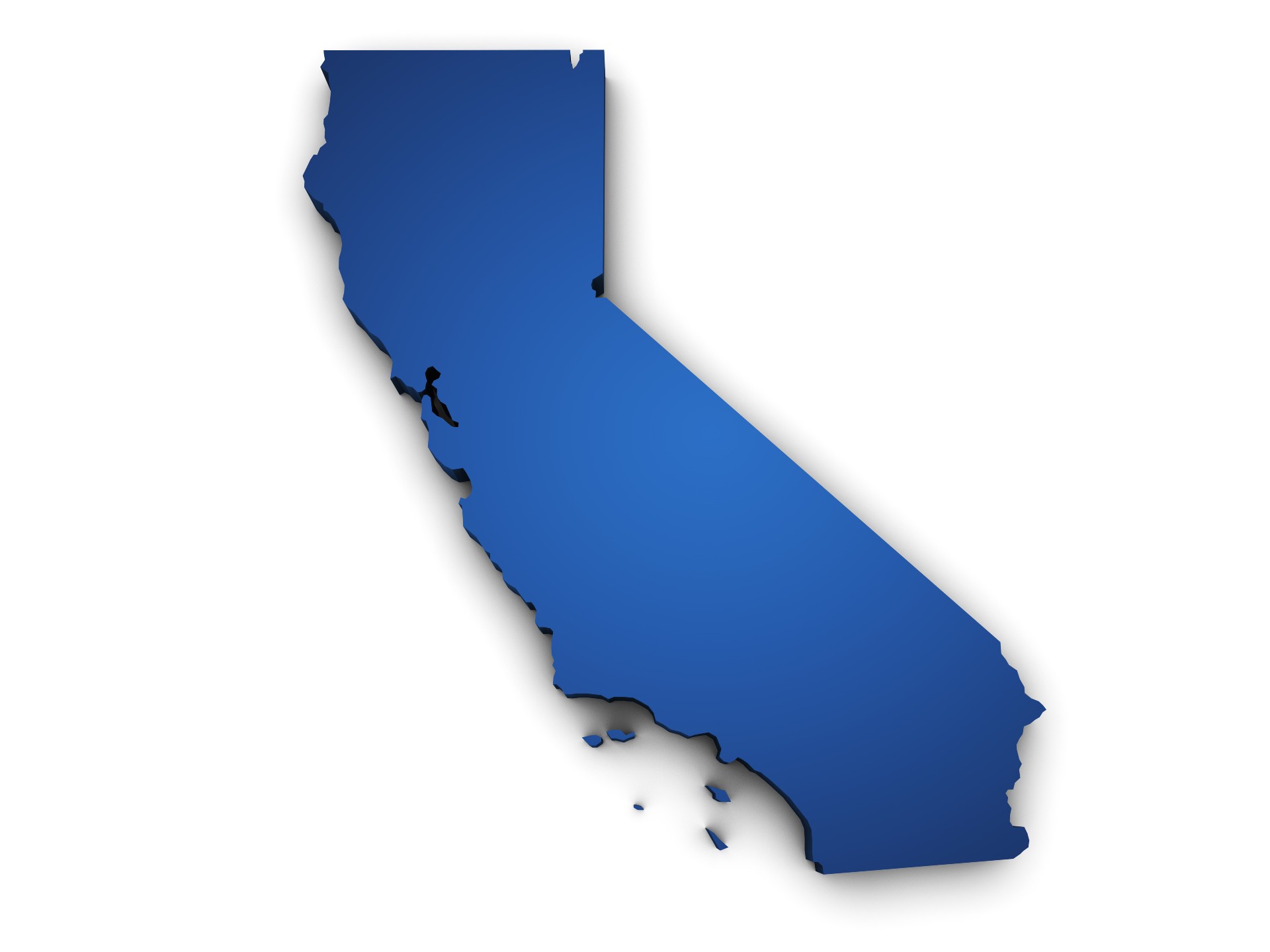Cold water is becoming a hot commodity.
Where for so long, we have associated extending the swim season with heaters, more talk today has been dedicated to manipulating water temperature in the other direction.
In the deserts of the Southwest, which saw record heat waves last summer, extending the swim season can mean moving the mercury down to keep the water comfortable during the hottest months.
Recent market trends makes this even more of a concern: Smaller, shallower pools and those with dark interior finishes reach higher temperatures more quickly than their larger, deeper, lighter counterparts.
And, of course, environmental factors may make cooling the water more necessary. “As we get warmer as a planet, people, facilities and communities are going to have more interest in chilling water,” says Justin Caron, CEO/principal with Aquatic Design Group, based in Carlsbad, Calif.
Swim coaches and officials, in particular, have sought do-it-yourself approaches to cooling water so that competitive swimmers could perform. Caron recalls an instance when ice was trucked in and dumped into a pool for Olympic trials.
Kevin Post, chairman/CEO of St. Louis-based Counsilman-Hunsaker, recalls a less-primitive solution. Early in his career, as an aquatics director in Plano, Texas, he oversaw a 50-meter pool. “It would get to 90 degrees during summer,” he says.
The coaches took the matter into their own hands. “They used to make an aerator by taking a pool vacuum pump … then spraying the water through nozzles to aerate it,” Post explains.
But with some options now on the market, this can be accomplished mechanically. That bodes well for those looking to offer visitors of their leisure pools and facilities more comfort in especially hot times.
“If things continue to just get hotter and hotter — and I don’t have any reason to believe they won’t — I think chillers will become more prominent,” Caron says.
Fortunately, manufacturers are producing technologies that can provide these products and experiences at more affordable prices than before. Here, we look at two of the more economical options and offer tips for their installation.
Taking the edge off
When it comes to reducing pool-water temperatures, two technologies represent the most cost-effective options.
The first is most widespread, with more major equipment manufacturers recently releasing their versions. This entails a combination heat pump and chiller, which can perform both functions with the same technology. To cool the water, it reverses the flow through the unit, releasing cooled water, rather than heated, into the pool.
These units can cool the water substantially, with some capable of being programmed to reach specific temperatures. But cooling ability also depends on such external factors as the ambient temperature, size of pool and turnover, says Darren Tamburrelli, president of Phoenix-based California Pools & Landscape of Arizona.
“The higher the temperature, the larger the pool, the longer it will take to be effective,” he says. “It’s hard to give a definitive temperature, because there are too many variables. If you size it correctly, we’ve seen it be very effective in the Arizona market.”
Tamburrelli and his team have found that getting a small, spa-sized body of water down to 50 degrees — for those trying to create a cold-plunge effect, for instance — usually can be done in less than a day.
A heat/cooling pump probably will not bring a large pool down that much. Here, the goal is to take the edge off. For pools that would rate as moderately sized in a commercial application or large in a backyard, it typically takes about half a day to move the needle a few degrees, Tamburrelli says.
While the equipment does the job at substantially lower upfront costs than before, they will use electricity.
“Like running an air-conditioning unit, there’s some cost involved, depending how often you use it and the differentiation of temperature that you’re trying to gain or maintain,” Tamburrelli says.
At some facilities, the ability to cool water may come as an unexpected side benefit to the green movement. “One of the unique things about the push for decarbonization is that a lot of projects move toward heat pumps, which can be used for heating or cooling,” Caron explains. “So theoretically, [those] heating systems should be able to provide that chilling effect.
“I think once these facilities realize they have the capability to do it, they will utilize it.”
Mechanical option
Another type of technology enables water temperatures to drop by more modest amounts.
Using a mechanical process combining fans, sprays and cooling ponds to aerate the water and allow heat to transfer out, these systems work best in smaller pools, says Mark Uberecken, owner of Unified Pool Solutions in Katy, Texas, a suburb of Houston.
With no Freon and using considerably less electricity, the systems do not cool to set levels. Uberecken tells customers it can reduce temperatures 10 to 15 degrees overnight but it’s not guaranteed, as it is dictated by dew point, sun exposure and depth.
“I want to see a 10-to-15-degree drop, but sometimes if the outside temperature doesn’t drop enough or we’re extremely humid, some of that could be difficult to achieve,” he says.
These systems also use significantly less power and cost less upfront than most heat pump/chiller combinations, he adds. Because they rely on lowering ambient temperatures, these systems often have to run at night.
Expert advice
Whichever technology you use, following these guidelines will help the systems operate better.
With these systems, it’s important to manage expectations. Know the limits of the technology and the kinds of environmental factors that can affect its performance. This is especially important in more humid environments: The higher the humidity, the more difficult and longer it takes to cool the water.
Like heaters, chilling systems or heat-cooling systems absolutely require minimum clearances, specified by manufactures.
Uberecken is a stickler about this for the aeration-type system he uses.“I don’t want anything restricting my cross flow — I need that air moving,” he says. “We have a very mechanical process, so we’re asking the environment to do a lot for us.”
Take this into consideration when determining the space you need for the units. When you combine the size of the units themselves with needed clearances, the space can be considerable. For this reason, Caron rarely sees these systems placed indoors.
“One [technology] we specify needs at least 6 feet on all sides, then 8 feet above,” he says. “It’s hard to find a room tall enough to accommodate that.”
Determining the space configuration is complicated by another consideration: To optimize the efficiency and effectiveness of the equipment, it should be placed as close to the pool as possible.
This becomes even more important with non-insulated plumbing. “If you’re trying to chill the water, and [the plumbing’s] going under hot ground, then you’re heating the water [as it travels],” Tamburrelli explains.



